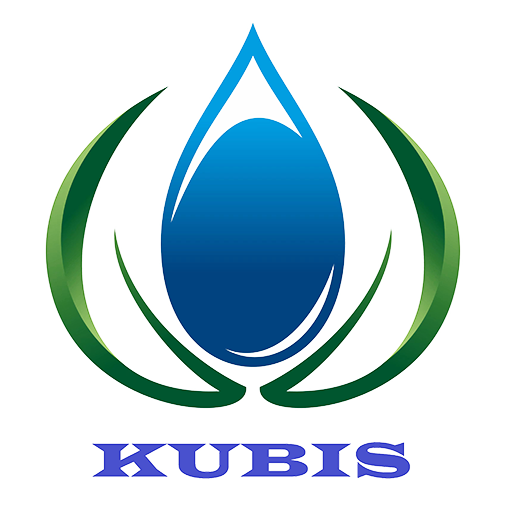
Rubber seals have a very wide range of applications in industrial, automotive, medical and other fields, and their excellent elasticity, sealing and chemical resistance make them an indispensable part of various equipment. However, in practice, rubber seals may encounter some common problems that affect their performance and life.
Common problems with rubber seals
Aging: Exposed to light, oxygen, ozone and temperature changes for a long time, rubber seals may experience aging. The main manifestations are surface hardening, cracking, discolouration and loss of elasticity, resulting in weakened sealing performance or even failure.
Compression permanent deformation: after long-term pressure, rubber seals may not be able to restore the original state, the sealing effect is weakened. This situation is common in seals that need to withstand pressure for a long time, such as O-rings and gaskets.
Expansion and swelling: When exposed to certain chemical media (such as oil, solvents, acids and alkalis, etc.), rubber seals may expand or swell. This affects the dimensions and mechanical properties of the seal, leading to seal failure.
Wear and rupture: In high-frequency mechanical movement, rubber seals may wear or rupture due to friction, stress concentration. This is particularly common in dynamic sealing situations, such as hydraulic cylinders and rotary shaft seals.
Cold hardening: At low temperatures, rubber seals may lose their flexibility and become brittle and hard, leading to seal failure. This mostly occurs in cold climates or cryogenic environments.
Solutions to Rubber Seal Problems
Material Selection: Select the right rubber material for the ageing, swelling and swelling problems. For example, fluoroelastomer (FKM) is suitable for high temperatures and corrosive media; silicone rubber (VMQ) is suitable for low temperatures and outdoor use.
Optimised design: The design of the seal has a significant impact on performance and life. Optimising the cross-section shape, dimensional tolerances and compression ratio can reduce compression set and wear problems. For dynamic sealing applications, consider using a rubber material with a low coefficient of friction or adding a lubricating coating to the seal surface.
Installation and maintenance: Avoid overstretching or twisting seals during installation to prevent damage. Regularly inspect and replace seals, especially in chemical media environments, to note seal swelling and dissolution and take timely maintenance measures.
Environmental control: For low-temperature hardening problems, improving the use of the environment can alleviate. Choose rubber materials with better cold resistance, such as silicone rubber or ethylene-propylene rubber (EPDM), and let the equipment have enough warm-up time in the low-temperature environment.
Inspection and replacement: Regularly inspect the condition of seals, especially those working in high temperature, high pressure or chemical media environments, and promptly replace seals that show signs of aging, swelling or wear to prevent sudden failure during equipment operation.
The service life of rubber seals can be effectively extended by choosing suitable materials, optimising design, reasonable installation and maintenance, and improving the use environment. Knowing the solutions to these common problems can help improve equipment operation efficiency and reduce downtime and maintenance costs.
If you are interested in rubber seal products or need further information on how to solve problems in specific applications, you can contact us.
